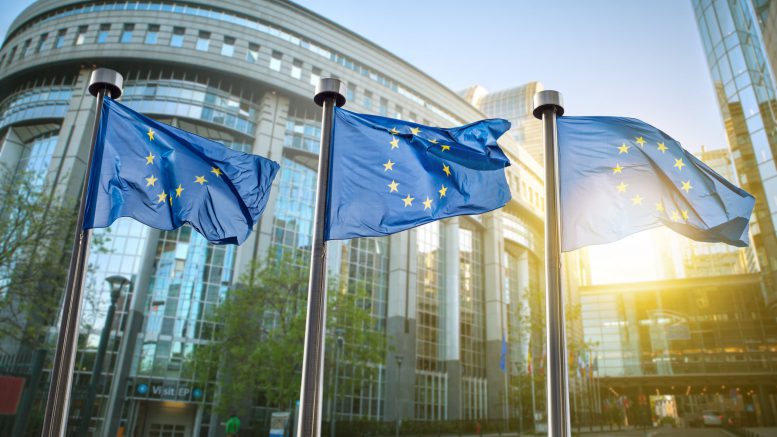The European Union has published its Critical Raw Materials Act and added copper, nickel and manganese to its list of critical materials.
The CRMA, unveiled by the Brussels-based European Commission on Mar. 16, outlines that the EU would simplify permitting procedures for critical raw materials projects and that select projects would have support for access to finance and shorter permitting timeframes (24 months for extraction permits and 12 months for processing and recycling permits).
The act indicates that the EU would set up a Critical Raw Materials Club for all “like-minded countries” willing to strengthen global supply chains.
Mining and processing targets were also quantified. By 2030, a minimum of 10% of all critical raw materials consumed in the EU each year must be mined from European mines. In addition, 40% of the EU’s annual consumption must be processed there and at least 15% must come from recycled materials.
Finally, not more than 65% of the EU’s yearly consumption of each strategic raw material at any relevant stage of processing can come from a single third country.
“This Act will bring us closer to our climate ambitions,” Ursula von der Leyen, the president of the European Commission, stated in a press release. “It will significantly improve the refining, processing and recycling of critical raw materials here in Europe.”
But some analysts say the act was short on details and excluded important raw materials needed for the green energy transition such as zinc, silver, and aluminum.
“The full document is long, unnecessarily complex (different critical and strategic material lists), heavy on targets but light on detail on how to achieve these, and naturally subject to further discussion,” Colin Hamilton of BMO Capital Markets commented in a research note.
“Compared with the [US] Inflation Reduction Act, which was heavy on providing monetary firepower, the EU version has limited mention of funds but lots of policy rationale.”
Looking ahead, Hamilton noted that some metal trade flows will have to adapt. “At present, Europe gets almost all its magnesium from China, is heavily reliant on nickel and silicon metal imports, and mines next to no titanium, graphite, lithium, cobalt, bauxite, and PGMs,” he said. “These are the areas we expect to see the greatest domestic EU investment focus, many of which overlap with China’s diversification needs.”


Be the first to comment on "EU adds copper, nickel and manganese to list of critical materials"